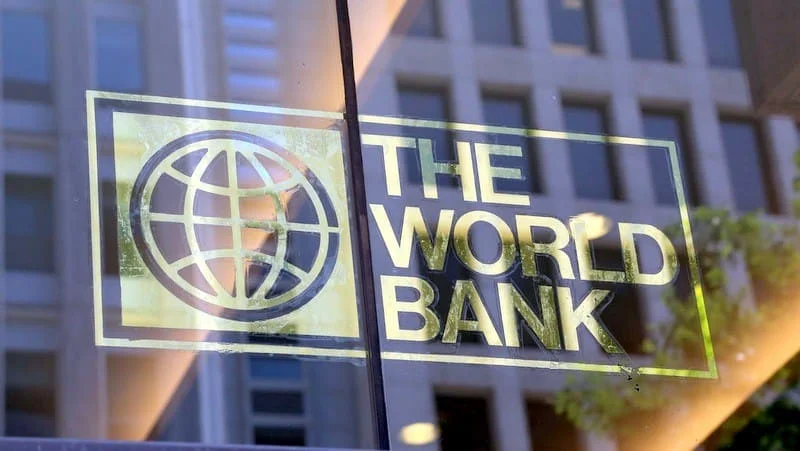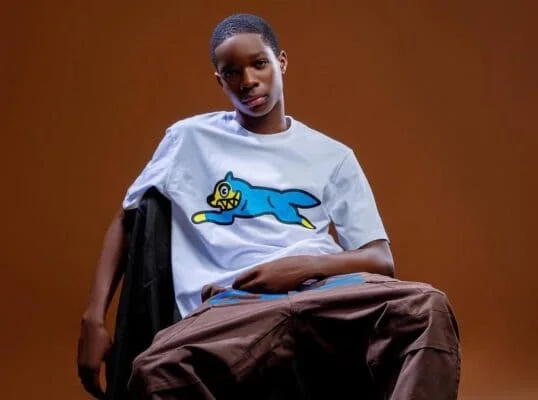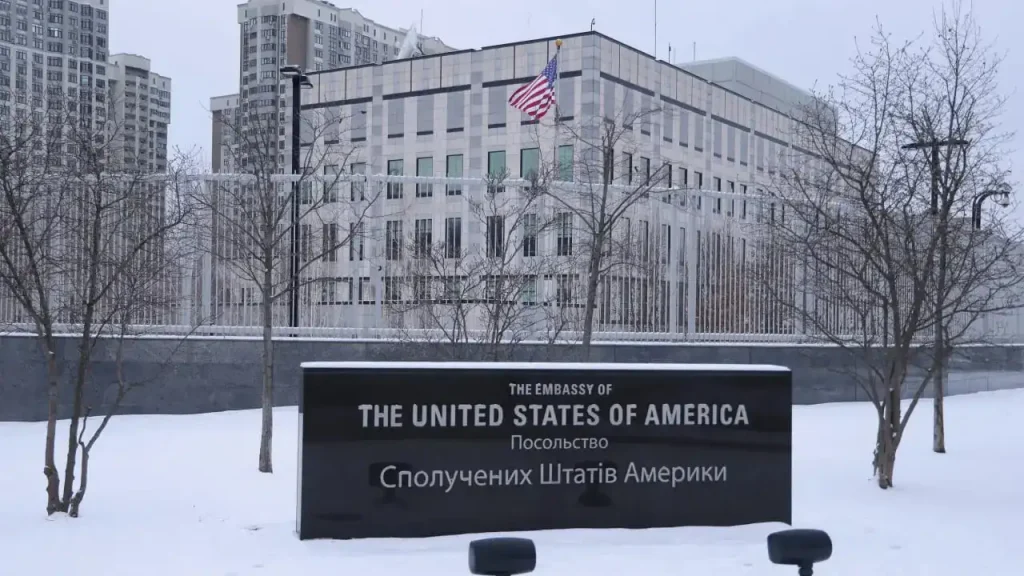Youths in Senegal’s capital, Dakar, clashed with security forces overnight on January 6, 2021, protesting a new COVID-19 curfew. In the Ngor district, protesters burned tyres and set up barricades, while police fired tear gas to disperse them, an AFP photographer reported.
The unrest followed President Macky Sall’s declaration of a state of emergency, imposing a 9 pm to 5 am curfew in Dakar and Thiès.
These regions account for nearly 90% of Senegal’s COVID-19 cases, health authorities said. The protests highlight growing frustration with restrictions amid a second wave of the pandemic.
Incidents also occurred in Medina, Yoff, Pikine, Guediawaye, and Thiaroye, showing widespread discontent in the capital.
Reasons Behind the Curfew
President Sall announced the curfew on January 6, 2021, citing a surge in COVID-19 deaths and severe cases. Senegal had seen a decline in infections before a second wave hit, prompting stricter measures.
Dakar and Thiès, key infection hotspots, faced the 9 pm to 5 am curfew to curb the virus’s spread. The government justified the restrictions, pointing to nearly 90% of cases originating in these areas.
However, the curfew sparked immediate backlash, with youths taking to the streets to express their anger. The state of emergency and curfew aimed to protect public health but faced resistance from those frustrated by economic and social impacts.
Clashes and Public Response
In Dakar’s Ngor district, protesters set tyres ablaze and erected barricades, disrupting local order. Police responded with tear gas, escalating tensions.
Bystanders and officers worked to extinguish fires, as captured by AFP photographer John Wessels.
Similar incidents occurred across other parts of Dakar, including Medina and suburban areas like Pikine. The protests reflect broader discontent with COVID-19 restrictions, which many youths view as limiting livelihoods.
Senegal’s COVID-19 Context
Before the second wave, Senegal had managed to reduce COVID-19 cases through early interventions. However, rising infections and deaths in late 2020 prompted Sall’s government to act.
The curfew in Dakar and Thiès targeted high-transmission zones, but it strained relations with citizens already grappling with economic challenges.
The protests echo global tensions over pandemic restrictions, balancing public health with personal freedoms.
Senegal’s experience highlights the difficulty of enforcing curfews in urban centers like Dakar, where youth unemployment and social unrest amplify resistance.
Implications for Senegal’s Stability
The clashes raise concerns about Senegal’s social and political stability. President Sall’s curfew, while health-driven, has fueled public unrest, particularly among youths.
The use of tear gas and reports of widespread protests signal potential for further tension if restrictions persist.
As Senegal navigates the second wave, the government faces the challenge of maintaining order while addressing economic grievances.
The protests also underscore the need for clear communication to rebuild trust.
With Dakar central to Senegal’s economy and politics, ongoing unrest could have broader implications as the nation battles COVID-19.






